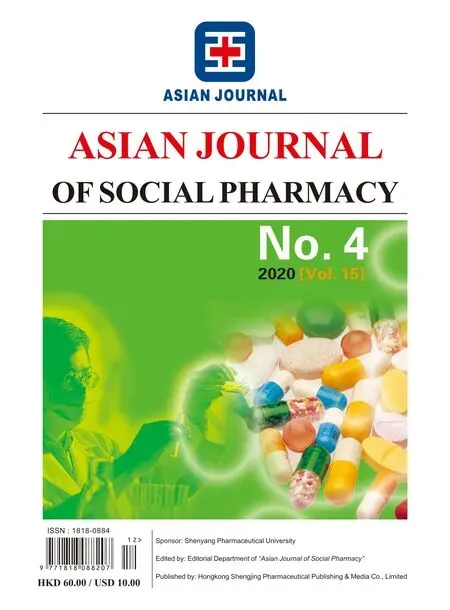Empirical Study on Improving Customer Satisfaction of Retail Pharmacies by Using Quality Control Circle
2020-12-24WangShulingHeYalanZhiYuanyuanLiYahui
Wang Shuling,He Yalan,Zhi Yuanyuan,Li Yahui
(School of Business Administration,Shenyang Pharmaceutical University,Shenyang 110016,China)
Abstract Objective To study the effect of quality control circle (QCC) activities on customer satisfaction of retail pharmacies so as to improve the level of customer management.Methods After choosing the theme of improving customer satisfaction research (CSR) in pharmacies,Gantt chart,questionnaire,fishbone diagram and other tools were applied in the “endeavor circle” to find out the factors affecting the theme.Then corresponding countermeasures were made and implemented to verify them in different stages.Meanwhile,the radar map and other technologies were used to compare the changes of CSR and circle members’ growth before and after the activities.Results and Conclusion Sales clerk’s lack of drug knowledge,serious shortage of drugs,incapability of establishing a good relationship with customers and the lack of after-sales service were identified as the main factors.After implementing corresponding countermeasures,the target achievement rate was 116.12%,and the progress rate was 19.02%.Besides,customer satisfaction increased from 79.54% to 94.67% and the team growth value of circle members increased from 3.29 to 5.83,with significant tangible and intangible effects.QCC activities in retail pharmacies can not only standardize pharmaceutical service mode,but also improve the overall competence of sales clerks.The key factors and management methods for CSR improvement obtained from QCC activities will provide reference for the customer management of retail pharmacies.
Keywords:pharmacy quality control circle; retail pharmacy; satisfaction; customer management
Since 1989,the number of retail pharmacies in China has grown from zero to more than 480 000.In recent years,due to the “four strictest” market supervision modes carried out by the regulatory authorities,the development of the drug retail has become more standardized,gradually shifting from the stage of scale expansion to structural adjustment[1].At the same time,the average number of populations served by each retail drugstore has steadily dropped[2],from 3 663 in 2008 to 3 040 in 2018.Under the background of the fierce competition caused by the changing industry environment and decline of population served in each store,how to increase customer acceptance and satisfaction has become a key issue.Drugstores have to pay more attention to customer management[3],especially the improvement of customer satisfaction has become an important topic for hundreds of thousands of pharmacies.
Quality control circle (QCC) is an effective method that people in the same working environment spontaneously form a small group to continuously solve problems in operation and management so as to improve work efficiency on the site.Through searching the databases of CNKI,Wan Fang and VIP,it was found that the annual publication numbers of relevant literature about QCC had increased rapidly since 2008 and reached the peak in 2015.By the end of 2019,the total number of articles published had reached nearly 9 700.However,most of them were research in hospitals,and there was almost no research on the QCC in retail pharmacies.Lin Yayun et al.carried out QCC activities in a hospital’s TCM pharmacy,using causal analysis chart method to analyze the main factors,developing countermeasures with brainstorming method,focusing on the pharmacy’s drug delivery mode at the front desk to improve customer satisfaction[4].According to another paper,Liu Si-rong et al.introduced QCC activities in an outpatient western pharmacy,analyzing the status quo of pharmacists’ service attitude,service process and lounge environment,and proposing some countermeasures.Then they investigated patient satisfaction through questionnaire[5].Based on the characteristics of retail drugstores,this study analyzes the changes in customer satisfaction before and after a QCC activities made by “endeavor circle” in a chain drugstore in Shenyang.And the methods to improve customer satisfaction through the QCC activities can be provided to other retail drugstores,as well as the effect and significance of the activities.
1 General information
Based on the literature research on management quality and service quality,five characteristics of pharmacy customer management quality are summarized in this paper.First,the products,services and strategies provided by the managers are tangible.Second,the pharmacy design of business process and management mode are stable.Third,drug stores should interact with customers actively.The fourth is to ensure the technical support for customers management so as to have accurate analysis of customers information.The fifth is to manage customers strategically.Based on the characteristics of drugstore management and the suggestions from pharmacy employees and customers,the questionnaire survey scale was designed.First-hand information was obtained through questionnaire survey,which included the customers of a chain drugstore in Shenyang.By collecting the questionnaires of the chain drugstore before the QCC campaign (800 questionnaires from May 1 to August 4,2019) and after the campaign (900 questionnaires from October 1 to December 5,2019),the data were analyzed statistically and retrospectively.See Table 1 below for specific questions.
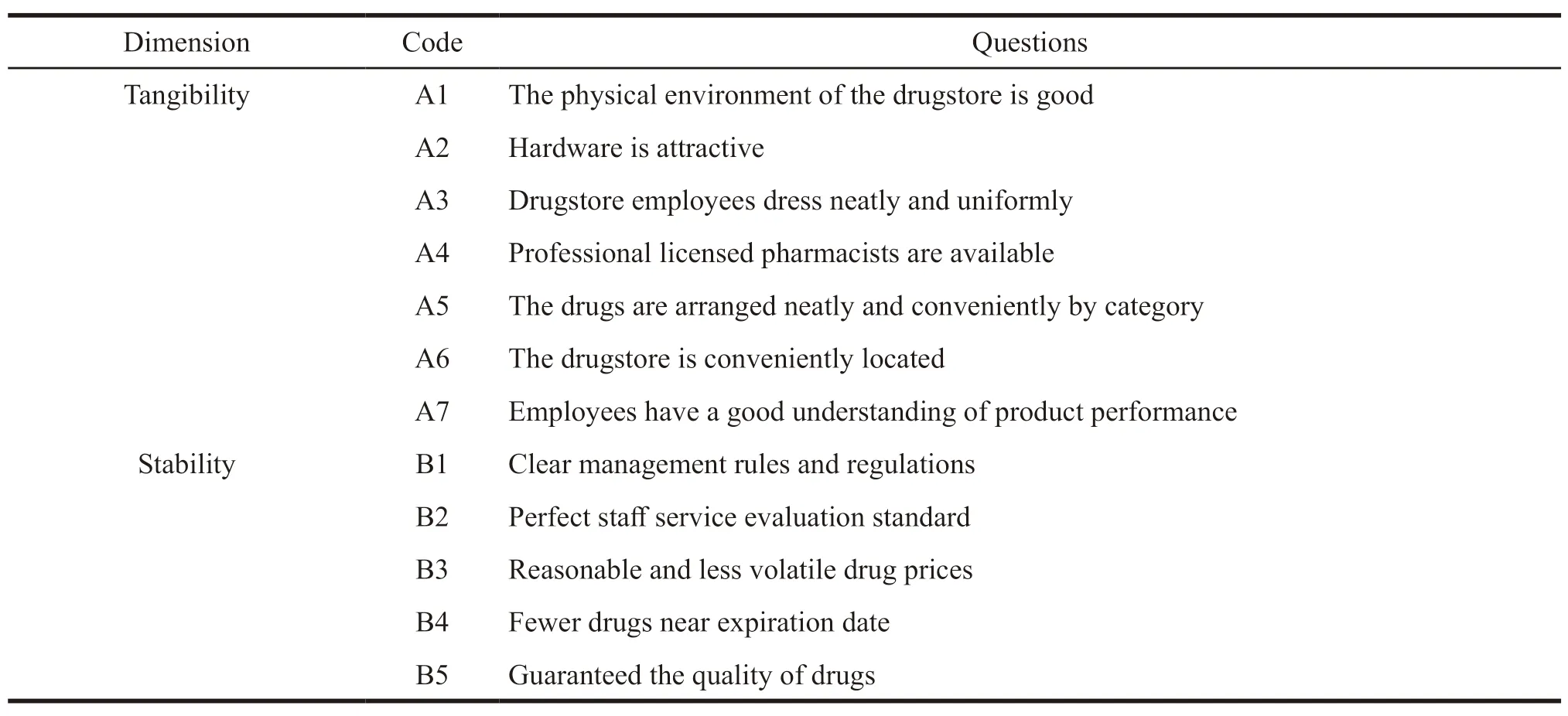
Table 1 Customer satisfaction survey of a retail pharmacy
(to be continued)

Continued Table 1
2 Methods
2.1 Establishing a QCC group
After organizing staff to learn the theories,methods and tools of QCC in the early stage,a chain drugstore formally established the QCC group in May 2019,and then planned to carry out activities from August to October.
Members:The QCC team was composed of 9 staff members from the store,including 2 masters,2 undergraduates and 5 technical secondary school graduates.
Name of the QCC:The circle was named“endeavor circle” after members brainstorming,which meant self-motivation and continuous progress.
Circle meeting:According to the rules of“endeavor circle”,group meetings should be held twice a week to report the problems found in the implementation process and to make suggestions with written form and on-site discussions.
2.2 Taking customer satisfaction improving as the theme
2.2.1 Background information
Customer satisfaction refers to the degree to which customers’ feelings of accepting products and pharmaceutical services are compared with their expectations[6].It can effectively determine the operating quality level of drug retail stores in the past and at present.To improve customer satisfaction means drugstores must continuously formulate new business development strategies and objectives so that they can improve their management quality and enhance market competitiveness.
2.2.2 The approach
In combination with the store management status and work experience,the circle members determined several alternative themes through brainstorming at the group meeting.Then,through the evaluation method,each circle member graded the alternative themes from four aspects:urgency,significance,feasibility and policy.There were three rating levels,5 points meant excellent,3 points meant feasible and 1 point meant poor.Finally,the scores of four aspects of each alternative theme were added up.Since the total score of “customer satisfaction research” (CSR) was the highest,it was selected as the theme,as shown in Table 2.
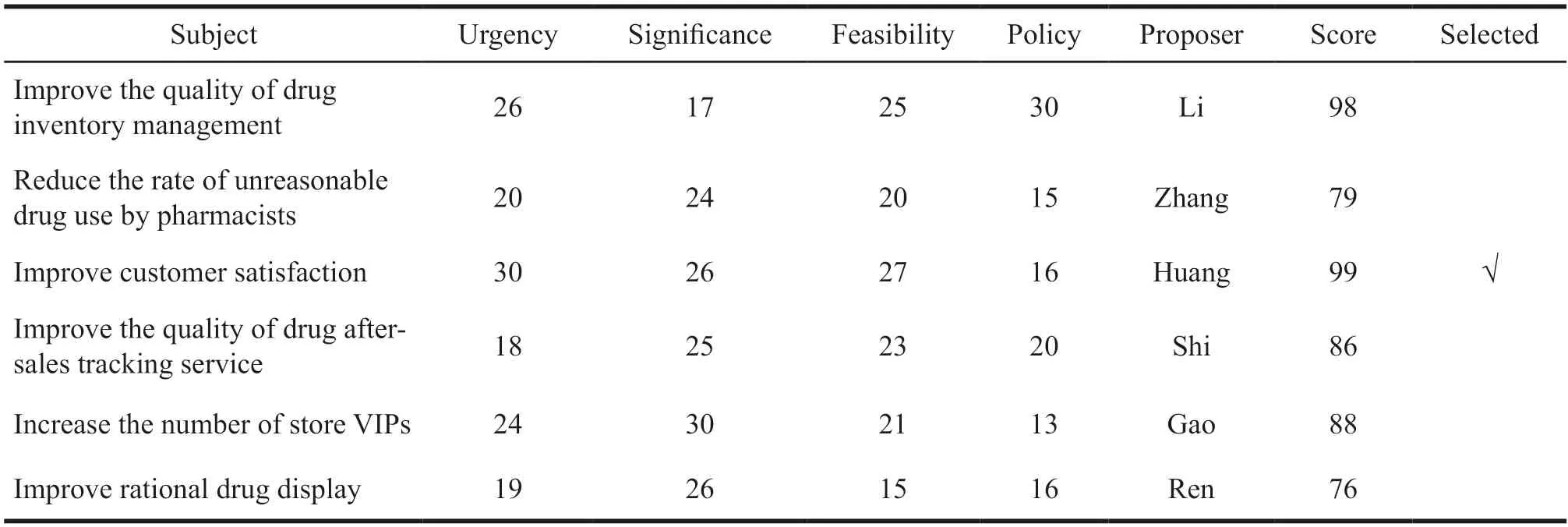
Table 2 A list of themes in the “endeavour circle”
2.3 Drawing up the activity plan of “endeavour circle”
After consulting relevant materials and combining with the circle members’ abilities,specialties,working environment,post nature and fixed habits,the circle members estimated the time needed for each step and decided the activity schedule and work allocation at the group meeting.After allocating manpower and time reasonably in accordance with the ten steps of strict QCC,the Gantt chart was finally drawn and the activity plan was made,as shown in Fig.1.
2.4 Grasping the current situation of customer satisfaction and setting goals
From May 1,2019 to August 4,2019,a total of 800 questionnaires were distributed to customers of the store,and they were recovered with a rate of 100%.After eliminating 23 unqualified questionnaires,777 valid questionnaires were obtained,with an effective rate of 97.13%.
The satisfaction level of this questionnaire was divided according to different scores:very satisfied (80-100 points),satisfied (60-79 points),dissatisfied (50-59 points),extremely dissatisfied(50 points below).According to the number of valid questionnaires (N2=777),and the number of questionnaires with scores more than 60 points (N1=618),customer satisfaction before endeavor circle’s activities could be calculated as 79.54%.See formula(1).
The data of customer dissatisfaction items were sorted out,as shown in Table 3.According to the 80/20 principle,it could be concluded that bad drug quality and service were the main factors leading to customer dissatisfaction,and the key point of improvement was 81.63%.
2.5 Setting main goal for “endeavour circle”
As 7 of the circle members had participated in related QCC activities,accounting for 78% of the total number of members,the circle capacity was determined to be 78%.According to the calculation formula for goal value,the goal value was calculated to be 92.57%.See formula (2).
2.6 Analyzing the goal of “endeavour circle”
2.6.1 Reason finding
Based on fishbone diagram,the reasons that affected customer satisfaction were found out.The main reasons included the following five aspects:personnel,equipment,environment,method and drug.Further study of the reasons revealed that“personnel” mainly referred to shop assistants and pharmacists providing services,and “drug” mainly lay in the quantity and quality of drugs.Finally,the detailed reasons were analyzed which included the following items.First,some pharmacists often left their posts without authorization and they were impatient in answering customers’ questions.Second,shop assistants were lack of professional knowledge of drugs,communication skills,and aftersales services.Third,as to the quantity of drugs,some drugstores couldn’t guarantee sufficient drug supply.Besides,they didn’t have similar medicines brand.Fourth,as to drug quality,a large proportion of drugs were near expiration date and some of them were produced by small businesses.Customers had the feeling that staff wanted to promote these drugs,leading to customers’ dissatisfaction.As to drug price,the prices of drugs in the store were higher than the nearby rival pharmacy.Lastly,for pharmacy management,these stores didn’t have good management methods and assessment system,which discouraged employees enthusiasm.Fig.2 shows the analysis of the overall causes.

Table 3 Customer dissatisfaction items
2.6.2 Analysis of key factors
The voting method was adopted.The votes from 8 people determined the key factors,namely,the key factor must get more than 5 votes.Among them,f ive items such as the serious shortage of drugs,the lack of knowledge of drugs in shop assistants,the inability to establish good relations with customers,the lack of after-sales service,and the poor sanitation got more than 6 votes,which were taken as the key factors.
2.6.3 Verif ication
According to statistical validation of incidents that happened from October to December 2019,it was concluded that the monthly number of f ive items,namely,clerks’ lack of pharmaceutical knowledge,drug shortage,inability to establish a good relationship with customers,lack of after-sales services and poor sanitation were 15.2,8.7,5.5,4.5,4.1,respectively.The total amount of first four items accounted for 89.21%,which should be improved as soon as possible.
2.7 Countermeasures made by “endeavor circle”
The team members explored and proposed the corresponding countermeasures through brainstorming,employee interview,literature review and other methods.Then they graded all the countermeasures according to the evaluation indicators and levels.At last,they selected one person to be responsible for formulating and implementing their plans.See Table 4.
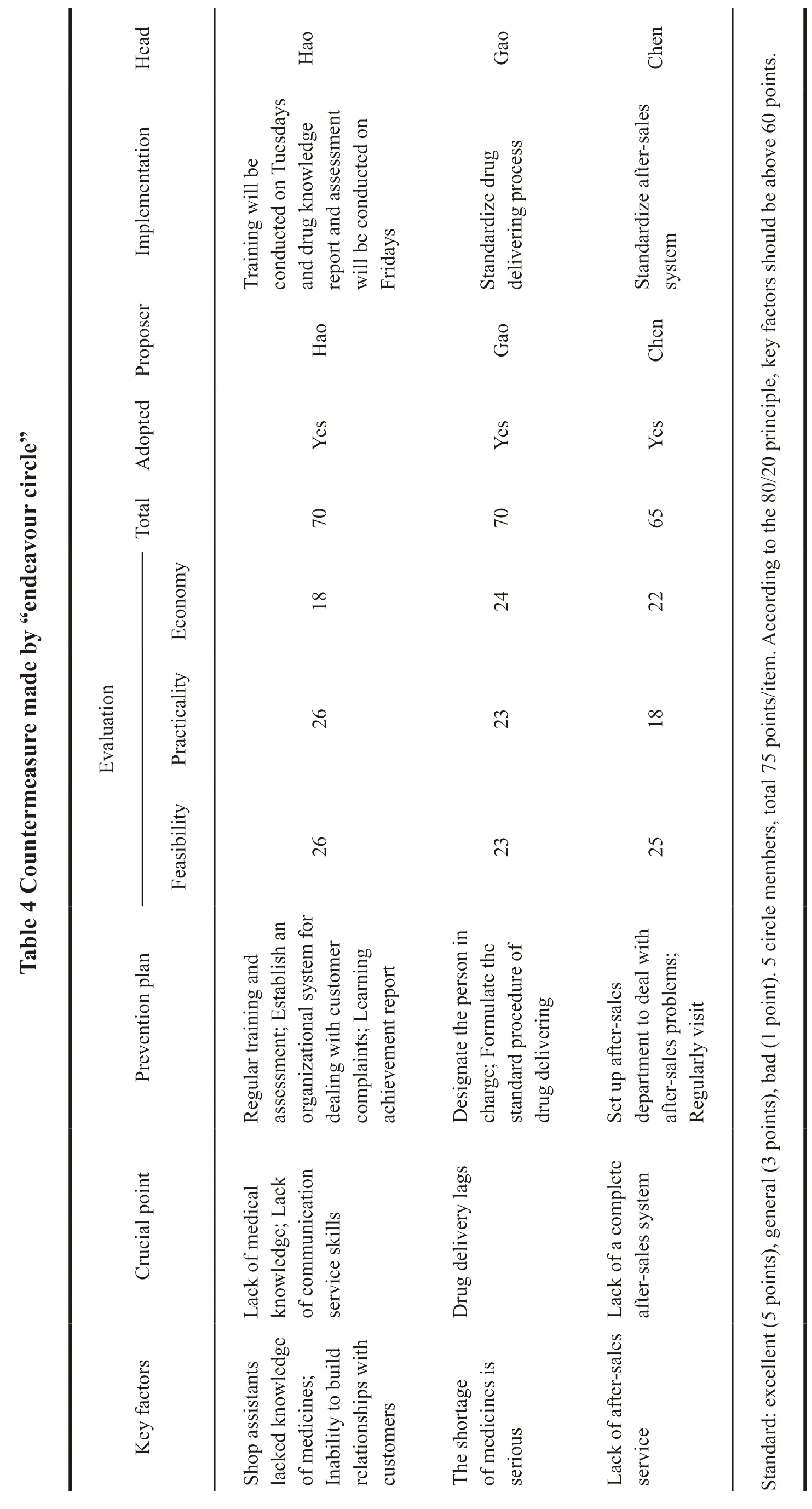
1) To solve the problem of drug shortage.The shortage of drugs mainly lay in two aspects:first,some commonly used drugs were sold quickly and the stock was insufficient.Second,some of the drugs had little demand,therefore,they had no inventory at all.Drugstores must formulate countermeasures according to these two situations.The first is to make the standard process of drug delivering:(a) Register according to forms; (b) Query the source of goods by ERP (enterprise resource planning) system; (c)Reconfirm customers by phone; (d) Receive goods by warehouse distribution or from other stores;(e) Deliver or inform the customer to pick up the medicine.The second is to appoint one person to be responsible for drug delivery,especially to record the rare drugs needed by customers and report to the purchasing department.
2) To strengthen the grasp of drug knowledge.Due to the lack of drug knowledge,shop assistants could not provide reasonable and targeted drug advice.The following countermeasures are proposed:(a)Hire professional pharmacists for staff professional knowledge training,including the basic knowledge of all kinds of drugs,laws and regulations,the basic symptoms of common diseases and treatment,drug compatibility taboo,precautions and medication guidelines[7].At the same time,the combined medication training should be strengthened; (b)Regular written examination and situation simulation examination must be held for shop assistants.The unqualified staff are not allowed to provide services for customers according to their comprehensive scores.
3) To improve customer service.Some customers complained that the service attitude of shop assistants was not good and there was no way to make complaints and suggestions.Therefore,the following measures should be taken:(a) Set up a service quality office,appoint a person to be responsible for solving and coordinating customer complaints,and regularly sort out the information for distribution to each department.The departments that solve the problems of customers should inform the results to the service quality office,and it will be accounted for part of the year-end assessment; (b) Shop assistants can learn the skills related to the communication with customers.After practicing for a while,they can share the knowledge and experience for treating different customers in the form of PPT report.
4) To improve the quality of after-sales service.In view of the after-sales problems such as adverse drug reactions,the following countermeasures are put forward; (a) Paying regular return visit.Customers who buy different kinds of drugs should be contacted to get information,such as phone tracking or return visits on their drug use.Once they are provided with suggestions and care timely,it is easy to establish long-term sales-purchase relationship[8].(b)Establishing an after-sales service department.Drugs after sales information should be sorted out in writing and reported regularly to provide relevant materials and suggestions to drug supply department and sales staff.
3 Effect confirmation
3.1 Tangible effect confirmation
From October 1st to December 5th,2019,a total of 900 questionnaires were distributed to customers.Among them,48 were dissatisfied and 852 were scored above 60.In the customer dissatisfaction items,there were 5 items of drug quality,5 items of service,3 items of environment and 3 items of equipment.According to the formula,customer satisfaction after improvement (CSR2) is 94.67% (852/ 900 ×100%=94.67%),and the target achievement rate(Tar) is 116.12%,as shown in formula (3),and the progress rate (Pr) is 19.02%,as shown in formula(4).The overall effect of customer satisfaction after improvement is shown in Fig.3.
3.2 Confirmation of intangible effect
According to the five-point system before and after the implementation of the QCC activities,the circle members made self-evaluation from the following eight aspects:enthusiasm,responsibility,cohesion,problem solving,communication and cooperation,quality control skills,harmony and the sense of pleasure.It turned out that the activity growth value was 2.54,calculated by formula (5),and the data shown in Table 5.The positive and negative results were used to evaluate the intangible results.The positive results indicate the improvement,while the negative ones indicate the decline.According to the evaluation results,they are displayed by radar map,as shown in Fig.4.
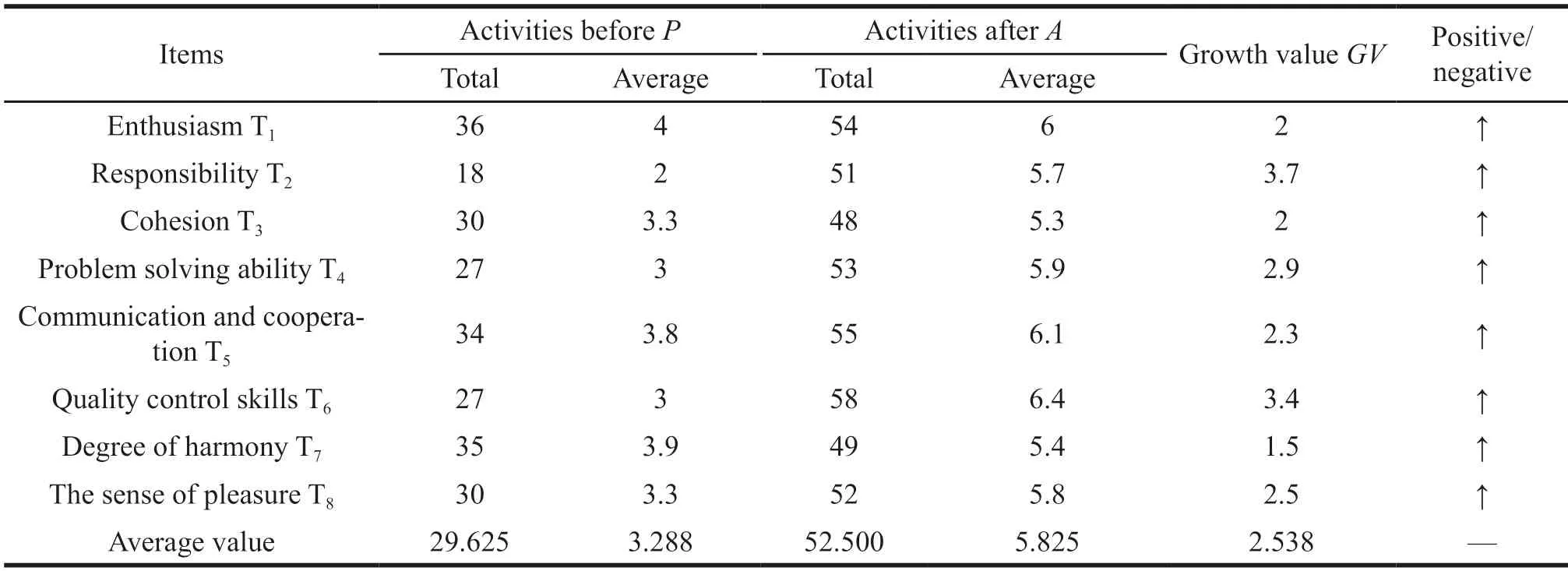
Table 5 Comparison of the growth value of circle members before and after the implementation of QCC activities
3.3 Standardization
After the effect is confirmed,the countermeasures are proved to be effective.Regular training and assessment of drug knowledge,report on the learning of communication service and regular telephone return visit to customers for drug use are included in the daily management activities of the store.The medicine delivery is adjusted according to the standard procedure.
3.4 Discussion and improvement of “endeavour circle” activities
The success of the activity is remarkable.Taris 116.12%,andPris 19.02%.The growth value of the activity increases positively.Specifically,the “endeavour circle” activities improve customer satisfaction from 79.54% to 94.67%,among which the most obvious improvement items are drug quality and services.The average number of unsatisfied cases about drugs and services per month decreases from 37,29.67 to 5 respectively.The circle member activity growth value increases from 3.29 to 5.83 (increased by 77.25%),especially the circle member’s sense of responsibility and quality control technique grow significantly.“Endeavour circle” activities have many advantages but there is still room for improvement.In the process of planning,members should have a good grasp of the schedule,and then they can pursue quality.In the practice,the cooperation between customers and circle staff is strong,but the workload is large.And members need to brainstorm the problems many times in the future because they might have problems with the standard.During goal setting,the requirements of national policies and the ability of circle members should be combined to set goals.In the future,the height of goal can be raised.During strategy formulation and implementation,“endeavor circle” members must use collective wisdom with the support of the headquarters and the chain drugstores.“Endeavor circle” members can continue to improve their work efficiency and shorten the time of strategy implementation.
4 Suggestions on customer management in retail pharmacy by applying QCC
4.1 QCC activities continuously improve the service quality of employees
When carrying out QCC activities in retail pharmacies,we should pay attention to the rationality and comprehensiveness of talent selection and allocation in various departments.The application of QCC in retail pharmacies still needs to be standardized and improved in practical operation because the overall quality of employees in the pharmacy industry is uneven.The long-term improvement of customer management quality through QCC activities can not only comprehensively and systematically enhance customer management quality,but also carry out effective special guidance and activity training.It is a good way to improve the comprehensive professional quality of employees in terms of knowledge and service.
4.2 To expand the scope of application of QCC in retail pharmacies
Every end of a QCC activity is the beginning of another activity,which means the effective strategies and standardized solutions obtained from the previous QCC are the basis for the implementation and research of the next one.In the process of discovering and solving the problems in the new standards,participants can continuously improve QCC activities with accuracy and execution rate[9].At present,the application scope of QCC is mainly in hospitals and there is still a large space for its development in drug retail enterprises.Pharmaceutical retail industry should strengthen the project design of QCC,constantly expand the coverage of the project,actively improve the quality of all aspects of retail pharmacy management,strengthen the cooperation with authoritative publicity,and expand its influence[10].Meanwhile,it should continue to work closely with relevant media to follow up and report the activities of QCC,so as to promote the drug quality improvement project,which will increase its popularity and influence in the field of medicine and health in China.
4.3 Strategies for retail pharmacies to improve customer satisfaction
The problems encountered in promoting the customer satisfaction activities of “endeavour circle”also are the common problems in industry,providing the experience for the industry in the customer management.First,as some drugs have less daily demand and no inventory,drug stores have to solve the problem of the shortage when the demand has increased dramatically.For example,during the current epidemic prevention,some materials such as masks which are needed less in the past,face a dramatically increasing demand.Therefore,speciallyassigned personnel should be responsible for the purchase of relevant products with timeliness.In particular,the scarce drugs needed by customers should have the urgent procurement and distribution.Second,the professional knowledge of pharmacy employees should be strengthened,which means employees must be trained on professional knowledge from time to time.Besides,regular tests and assessment should be made for them so as to gradually improve their service ability.Third,the service level and after-sales service quality must be enhanced by paying regular customer return visits,conducting telephone or online follow-up visits on drug use for customers.Medication suggestions and medical care should be timely provided for establishing long-term customer management relationships.
杂志排行
亚洲社会药学杂志的其它文章
- Research on Improving Customer Value by Using QCC in Drugstores Based on Customer Life Cycle
- Statistical Analysis of Defective Items of Pharmaceutical Wholesale Enterprises
- Policy Suggestions on Procurement of Basic Infusion Against the Background of Volume Procurement
- Current Effect of “4+7” Drug Centralized Volume Procurement and Suggestions for Future Improvement
- Research on Development Strategy of Online Pharmacies Based on Blockchain Technology
- Research on Risk ldentification of Supply Chain Management in Pharmaceutical Wholesale Enterprises
——Taking Enterprise A as an Example
